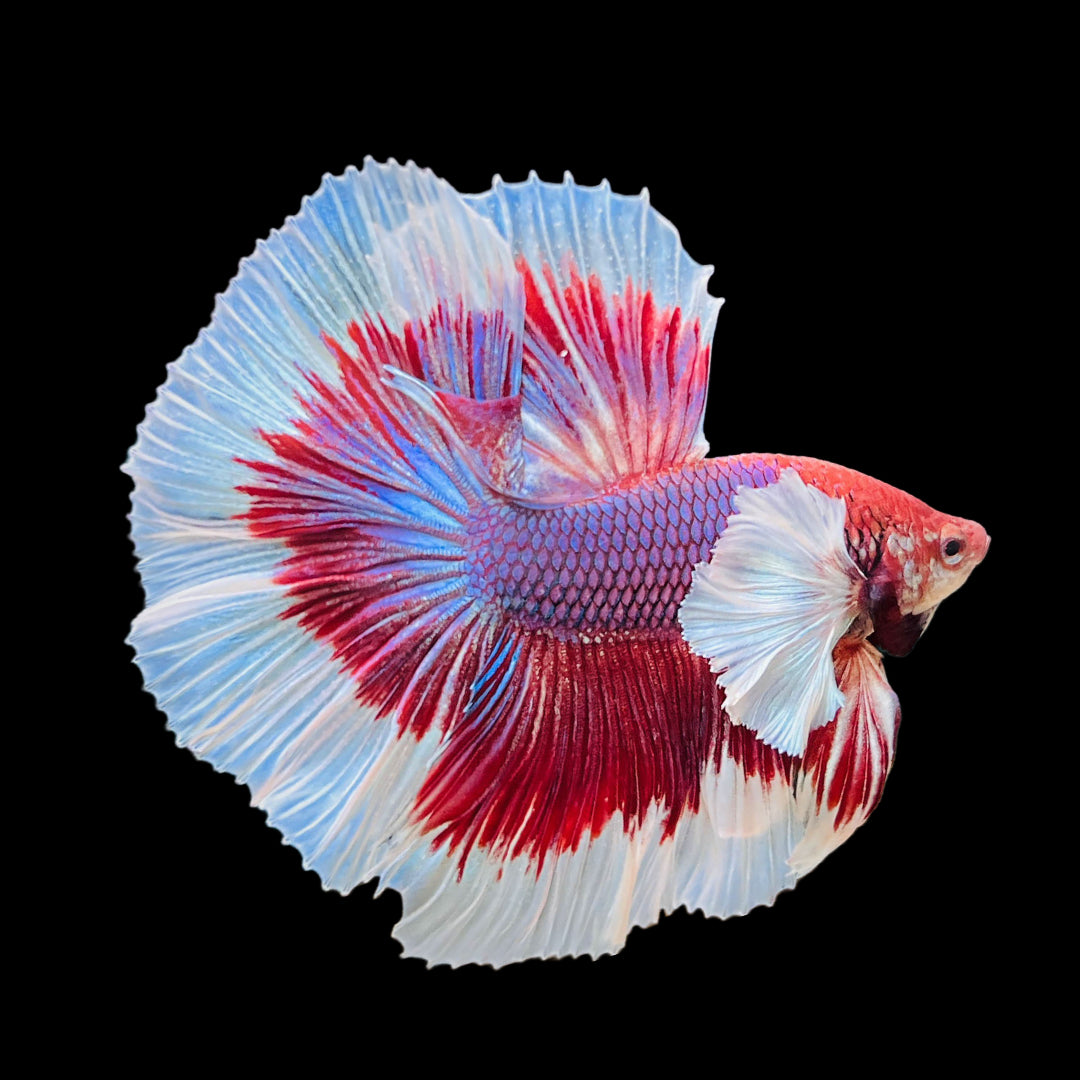All Regarding Betta Fish: Understanding Their Distinct Requirements, Actions, and the most effective Practices for Optimum Care
Understanding the unique requirements and behaviors of Betta fish is important for any type of aquarist looking to offer optimal care. betta fish. As we discover these aspects additionally, the implications for both novice and skilled fish keepers end up being progressively evident, raising concerns concerning how finest to fit these exceptional fish in our homes.
Betta Fish Introduction
Although often admired for their vivid colors and flowing fins, Betta fish, medically called Betta splendens, are complicated creatures that call for specific treatment to prosper. Originating from Southeast Asia, these freshwater fish are known for their territorial nature and one-of-a-kind actions. Betta fish exhibit sexual dimorphism, with males presenting more vivid shades and longer fins than women.
Their aggressive propensities, particularly amongst men, necessitate cautious factor to consider when housing them. Bettas are typically kept in single-specimen tanks to stop territorial conflicts. Nevertheless, they can coexist quietly with specific suitable types in bigger community tanks, gave the atmosphere satisfies their requirements.

To make sure ideal treatment, aquarists need to recognize their one-of-a-kind behavior characteristics, nutritional demands, and environment requirements. betta fish. With proper attention, Betta fish can exhibit their lively individualities and grow in a well-maintained fish tank setup
All-natural Habitat and Environment
Betta fish thrive in a varied series of natural environments, primarily discovered in the shallow waters of Southeast Asia, consisting of rice paddies, swamps, and slow-moving streams. These settings are identified by warm temperature levels, usually between 75 ° F and 82 ° F(24 ° C and 28 ° C ), and a pH degree ranging from 6.5 to 7.5, which is perfect for their health and health.
In their natural environments, Betta fish are accustomed to dense plant life, giving both shelter and reproducing grounds. The visibility of plants such as drifting water lilies and thick yards not only offers defense from killers but also adds to the oxygenation of the water, which is important for their respiratory system demands. In addition, these atmospheres often have locations of still water, allowing Betta fish to show their natural behaviors such as bubble nesting.
Comprehending the natural environment of Betta fish is crucial for fish tank enthusiasts. Reproducing these problems-- through water temperature, pH equilibrium, and the inclusion of live plants-- can considerably improve the total health and durability of these captivating fish, ensuring they prosper in a home aquarium setup.
Social Habits and Interactions
Comprehending the social habits and interactions of Betta fish is necessary for effective aquarium administration. Betta fish, or Siamese fighting fish, are known for their distinct behavior characteristics, characterized mostly by territoriality and aggressiveness.
Alternatively, women Bettas display much less hostile habits and can coexist in teams, called sororities, if introduced effectively. It is crucial to monitor their communications closely, as power structure and dominance can lead to disputes. Recognizing the dynamics within a Betta neighborhood is essential; establishing hiding areas and making certain enough area can alleviate aggression.
Additionally, Betta fish might additionally present curiosity and social actions towards other species. While they can exist side-by-side with certain non-aggressive container friends, it is this post important to choose compatible types to prevent stress and aggression. In general, identifying these social interactions is crucial to promoting an unified aquarium atmosphere for Betta fish.
Crucial Care Guidelines
Providing proper take care of Betta fish is critical to their health and wellness and well-being. To guarantee a successful setting, it is necessary to preserve optimum water conditions. The water temperature level should be kept between 76 ° F and 82 ° F(24 ° her response C to 28 ° C), while pH degrees must vary from 6.5 to 7.5. Regular water adjustments-- roughly 25% weekly-- aid keep water high quality.
Betta fish need a suitable container dimension; a minimum of 5 gallons is recommended to give appropriate area for swimming and hiding. Consist of designs and plants to develop a revitalizing environment, yet avoid sharp things that might damage their delicate fins.

Lastly, make certain the storage tank is furnished with a filter to maintain the water clean, however use a gentle filter to avoid strong currents that can worry the fish. By adhering to these vital treatment guidelines, proprietors can advertise a healthy and vivid Betta fish.
Common Health Issues and Solutions
In the treatment of Betta fish, awareness of typical health and wellness issues is necessary for preserving their wellness. One prevalent problem is fin rot, often triggered by bad water high quality or microbial infection. Symptoms consist of torn or tarnished fins. To treat fin rot, enhance water conditions and think about using a broad-spectrum antibiotic.
One more usual ailment is ich, a parasitical infection identified by white places on the fish's body (betta fish). Treatment involves increasing water temperature level and adding fish tank salt Read Full Article to the container, as this can aid eliminate the bloodsucker
Swim bladder problem is additionally frequently observed, resulting in buoyancy issues. This problem may occur from overfeeding or irregularity. A fasting period of 24-48 hours, followed by a diet of blanched peas, can give relief.
Lastly, bettas may suffer from velvet disease, suggested by a gold dust-like appearance on their skin. Treatment typically calls for medication especially created for external parasites, together with boosted storage tank hygiene.
Normal surveillance of water parameters, maintaining a clean atmosphere, and offering a well balanced diet are important safety nets. By resolving these wellness concerns without delay, Betta fish can lead much healthier, much more dynamic lives.
Verdict
In summary, successful betta fish care requires an understanding of their special demands and actions. Routine tracking of health and water high quality, along with a balanced diet regimen, adds to the durability and vibrancy of betta fish.